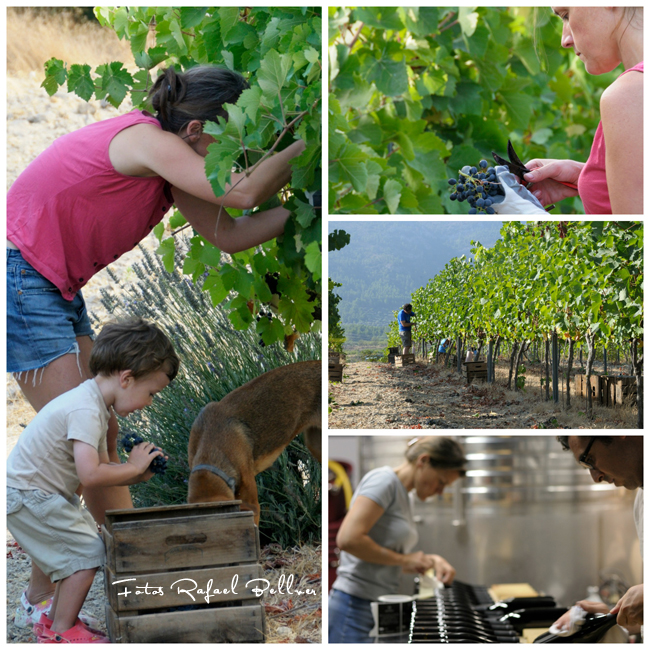He was very gentle but held strong views and was extremely inquisitive and interested in many things.
Jeanne Macaskill, artist, describing Ralph Hotere
I think, sometimes, we can grow lacking appropriate role models. We assume we fit the world wrong and that we carry the burden to change. But it's untrue. I think it is more that the institutions that define and model 'correct' behaviour often have it all wrong.
Rather than exploring the full range of what it is to be human, we are shaped so as to fit the structure already in place.
I wish someone had told that it was possible to be gentle and hold strong views. That one didn't cancel out all possibility of the other. Strong views do not a monster make.
The word most used in describing Ralph is the word generous. That is how friends and colleagues remembered him and yet, he was a man of strong political views ... a man who believed 'art and politics are not separate things, because life does not allow them to be.'
He was described as a warrior artist. His greatest works embraced great causes. He used elegance, power, and beauty. He was a builder of bridges between people. These are just a handful of the things I've read about Ralph Hotere.
Source: Mirata Mita's documentary series at the end of this post
New Zealand poet Cilla McQueen, one of Hotere's 3 wives wrote 3 beautiful fragments on the Listener magazine's memorial page to Ralph after his death in 2013. She wrote of time spent in Avignon as a family, 'We knew these were precious days, of dappled sunlight, warm earth, lavender, grapes, melons, rosé wine. I wrote because a camera was not enough.'
He was a talented artist, a stunningly generous man who gave away more then half of his art - gifts to friends, a silent man who believed that 'there are very few things I can say about my work that are better than saying nothing', a man who understood 'precious days' ... a man I don't want to forget because he shows that it's okay to be everything, to own that character that makes us so uniquely ourselves.

